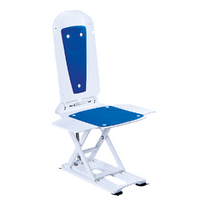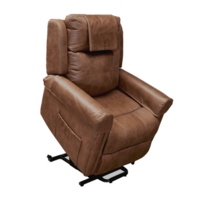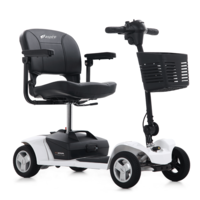Battery Care 101: How to Get the Most Out of Your Mobility Scooter
One of the key concerns for mobility scooter users is how far they can go on a single charge. Range is a primary consideration when deciding which mobility scooter is right for you and selecting the right battery (and taking good care of it) is essential to ensuring it goes the distance.
Caring for your scooter doesn’t just mean plugging it in after every trip. By following a few simple steps to care for your battery, you’ll have plenty of years of activity ahead.
Types of mobility scooter batteries
There are different types of mobility scooter batteries available. Which one you’ll have depends on the size and style of your mobility scooter. While these might work a bit differently, how you care for them will generally be the same.
Gel batteries
These are the most common types of mobility scooter batteries. They’re cheaper and heavier than lithium-ion batteries and are designed to hold a longer charge, making them suited to larger mobility scooters. They come in a range of sizes; when replacing your battery be aware that the battery compartment in your mobility scooter will only fit a certain size.
Lithium ion batteries
Lighter and smaller than gel batteries, lithium ion batteries are ideal for portable mobility scooters. Being more compact, they don’t hold as much charge as gel batteries which is why they’re only used in lighter mobility scooters designed for shorter trips.
Be aware that gel and lithium batteries cannot be switched within the same system as they have different charging systems. Using the wrong charger can damage your battery; if in doubt, contact your local mobility scooter store to confirm which battery type you have.
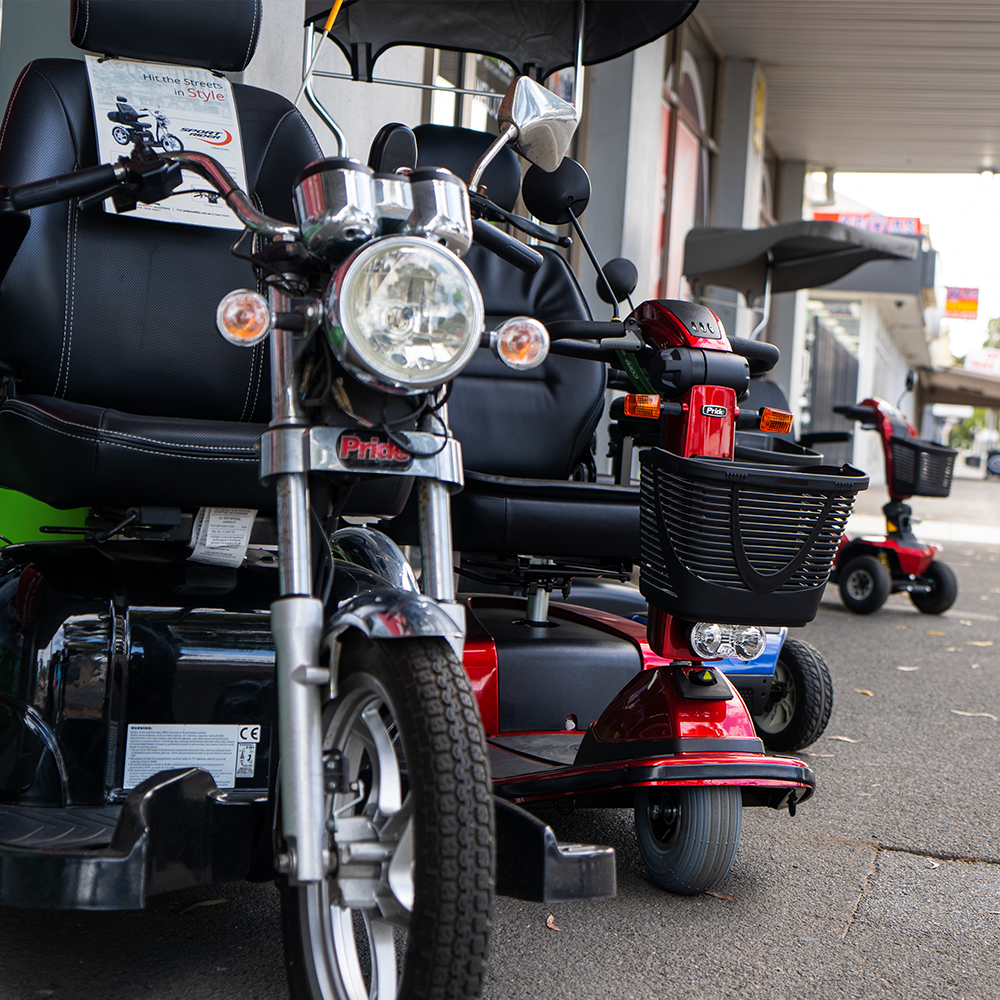
How long do mobility scooter batteries last?
There are a lot of things that influence how long a mobility scooter will last. Generally, most manufacturers offer a lifespan of 1,000 cycles. But the key factor is how much you use your mobility scooter and the type of conditions you use it under.
Under light usage, such as a couple of times a week around the shopping centre, you might get up to three years from a battery. With heavier usage, such as long daily trips in hilly areas, you may only get 12-18 months from a single battery.
Your lifestyle may also determine when you need to replace your battery. Towards the end of a battery’s life, you’ll notice it doesn’t hold a charge as long or takes longer to charge. If you only take short trips, this may not be too much of an issue. But if you’re a frequent user who relies on your mobility scooter to be readily available, you may want to replace your battery as soon as it shows signs of lagging.
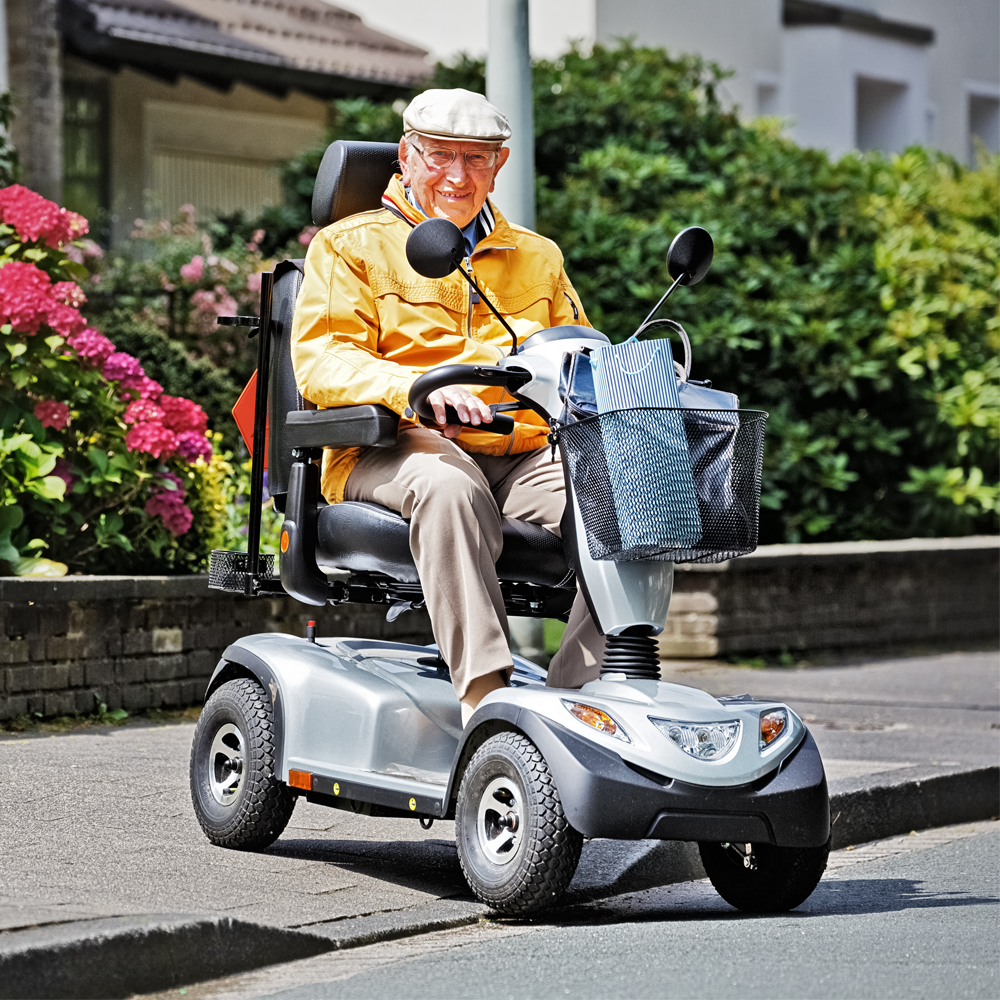
Use local charge points to extend your trip
Not every trip can be done on a single charge, or there may be times when you find your mobility scooter battery running low sooner than expected. Being able to charge while you’re out can extend your mobility scooter's range and give you confidence to go further.
It may be as simple as bringing your mobility scooter charging cord with you and asking if you can plug in to recharge your mobility scooter battery while having a coffee or stopping somewhere. If you’re unsure, call ahead to ask about charging facilities for your mobility scooter at your destination.
The RECHARGE Scheme provides wheelchair and mobility scooter users with ready access to charging stations at local community hubs and businesses. The program began in Victoria, with recharge points now available in most municipalities across the state. Since then, pilot programs have started up in other states – you can check the website to see what recharge points are available near you.
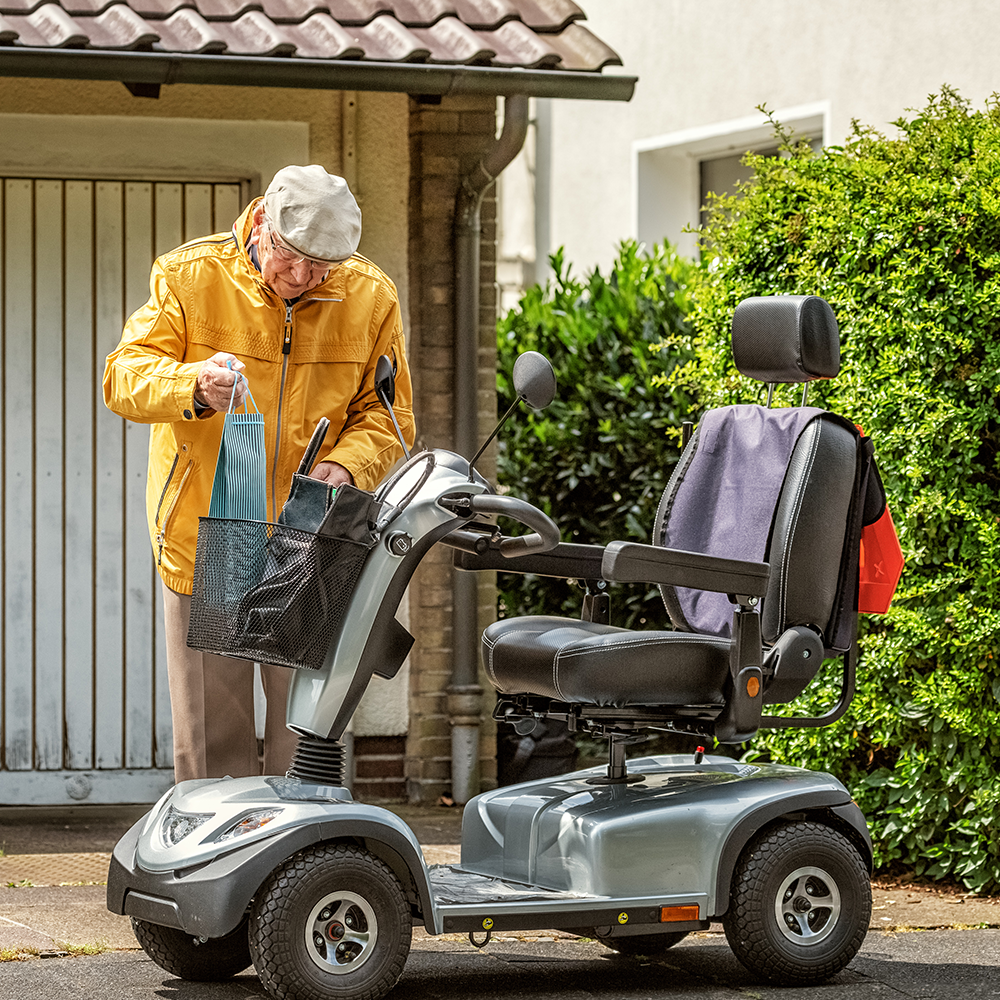
How to get the most out of your battery
One of the best things about owning a mobility scooter is how easy it is to get on and go – all you need is a fully charged mobility scooter battery, and you’re off. But proper maintenance is essential to get the most out of your mobility scooter battery’s life.
When you get a new mobility scooter battery, you’ll go through a period to ‘break it in’. This break-in period will help to fully activate the mobility scooter battery for maximum performance. For the first 15-20 uses, place the mobility scooter battery back on charge every time you use it. This is priming the mobility scooter battery to hold and maintain a charge.
After this break-in period, you can allow the mobility scooter battery to run down to past half way before placing it on charge again. Of course, you want to avoid completely flattening the mobility scooter battery. Letting it run down a few times is okay, but avoid letting it go completely flat before charging frequently as this can affect its life.

Mobility scooter battery storage
If you know you’re not going to be using your mobility scooter for a while – say you’re going away or are spending time in hospital – it’s important the battery isn’t ignored as this can cause degradation.
The best place to store your battery is in the mobility scooter compartment. Keep it on charge for the first week. Then unplug and allow to sit for the next 3-4 weeks. Repeat this every month until you’re ready to use your mobility scooter again. If practical, you could also have a friend or family member run your mobility scooter around for you while you’re away.
Store your mobility scooter in a covered area out of the elements and away from possible extreme temperature changes – an enclosed garage or spare room is ideal.
If you have any questions about caring for your mobility scooter battery or whether it’s time for a replacement, our team at Mobility HQ are here to help.

















